
GCN Shader Extensions for Direct3D® and Vulkan®
One of the mandates of GPUOpen is to give developers better access to the hardware, and this post details extensions for Vulkan and Direct3D12 that expose additional GCN features to developers.

One of the mandates of GPUOpen is to give developers better access to the hardware, and this post details extensions for Vulkan and Direct3D12 that expose additional GCN features to developers.

The Barycentrics samples show how to enable intrinsic instructions in your DirectX®11 or DirectX®12 HLSL code.

This is a slightly modified version of the Microsoft D3D12nBodyGravity sample, This sample demonstrates the use of asynchronous compute shaders (multi-engine) to simulate an n-body gravity system.

HelloD3D12 is a small, introductory Direct3D 12 sample, which shows how to set up a window and render a textured quad complete with proper uploading handling, multiple frames queued and constant buffers.
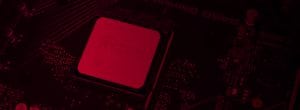
This sample demonstrates some of the ways in which to reduce scene aliasing without using a post process technique.

This SDK sample implements PN Triangles and Phong tessellation. It also shows how to optimize performance by using adaptive tessellation techniques.
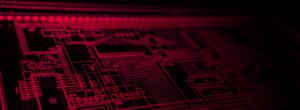
This sample presents a technique for achieving highly optimized, user-defined separable filters.
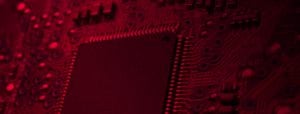
This sample demonstrates a post-process pixel shader technique that applies fullscreen anti-aliasing to an image.

This sample demonstrates how to implement a simple GPU-based particle system.

This sample provides an example implementation of the Forward+ algorithm, which extends traditional forward rendering to support high numbers of dynamic lights while maintaining performance.

The DepthBoundsTest11 sample shows how to use the Depth Bounds driver extension.
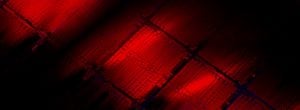
This sample provides an example implementation of two tile-based light culling methods: Forward+ and Tiled Deferred.